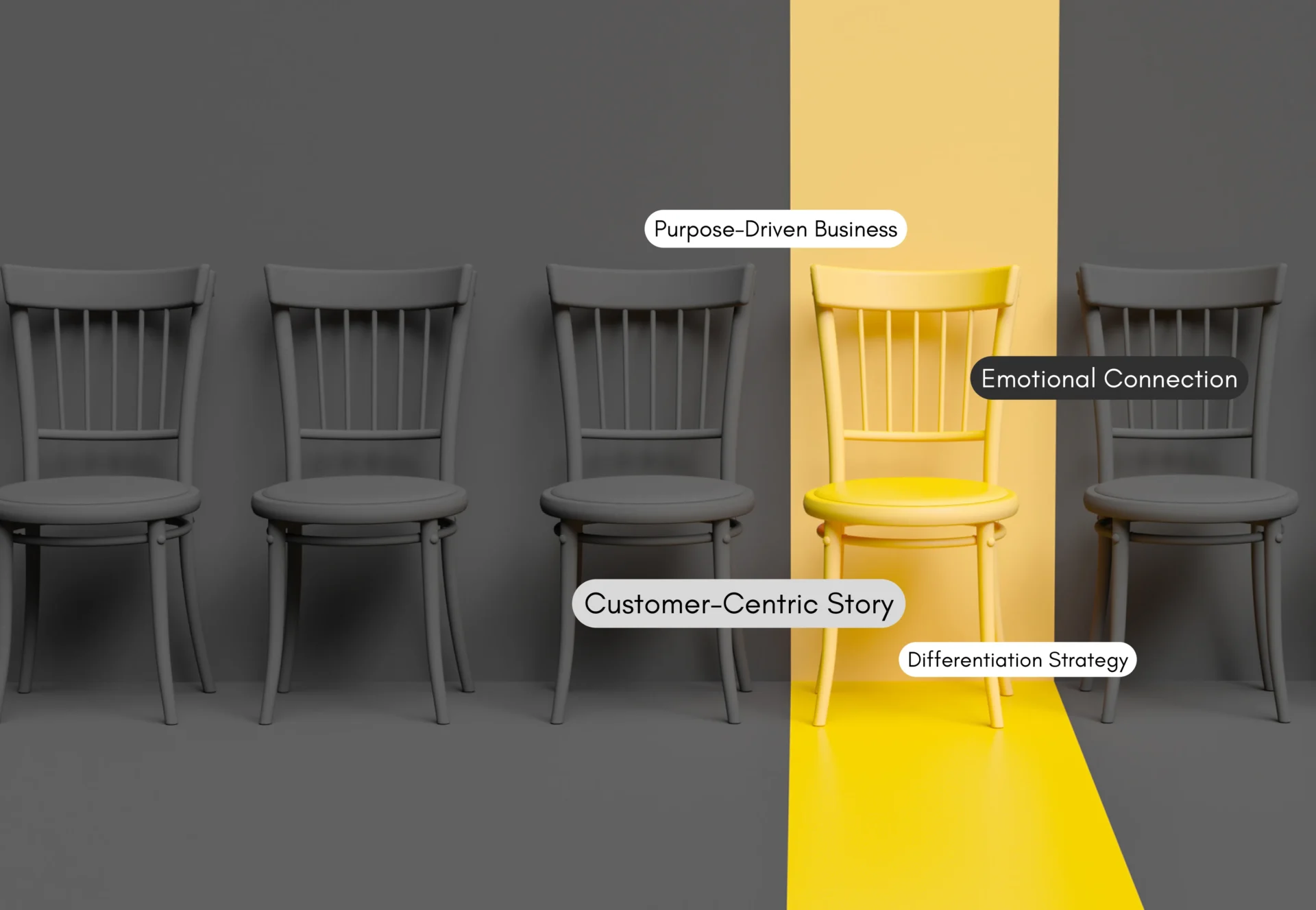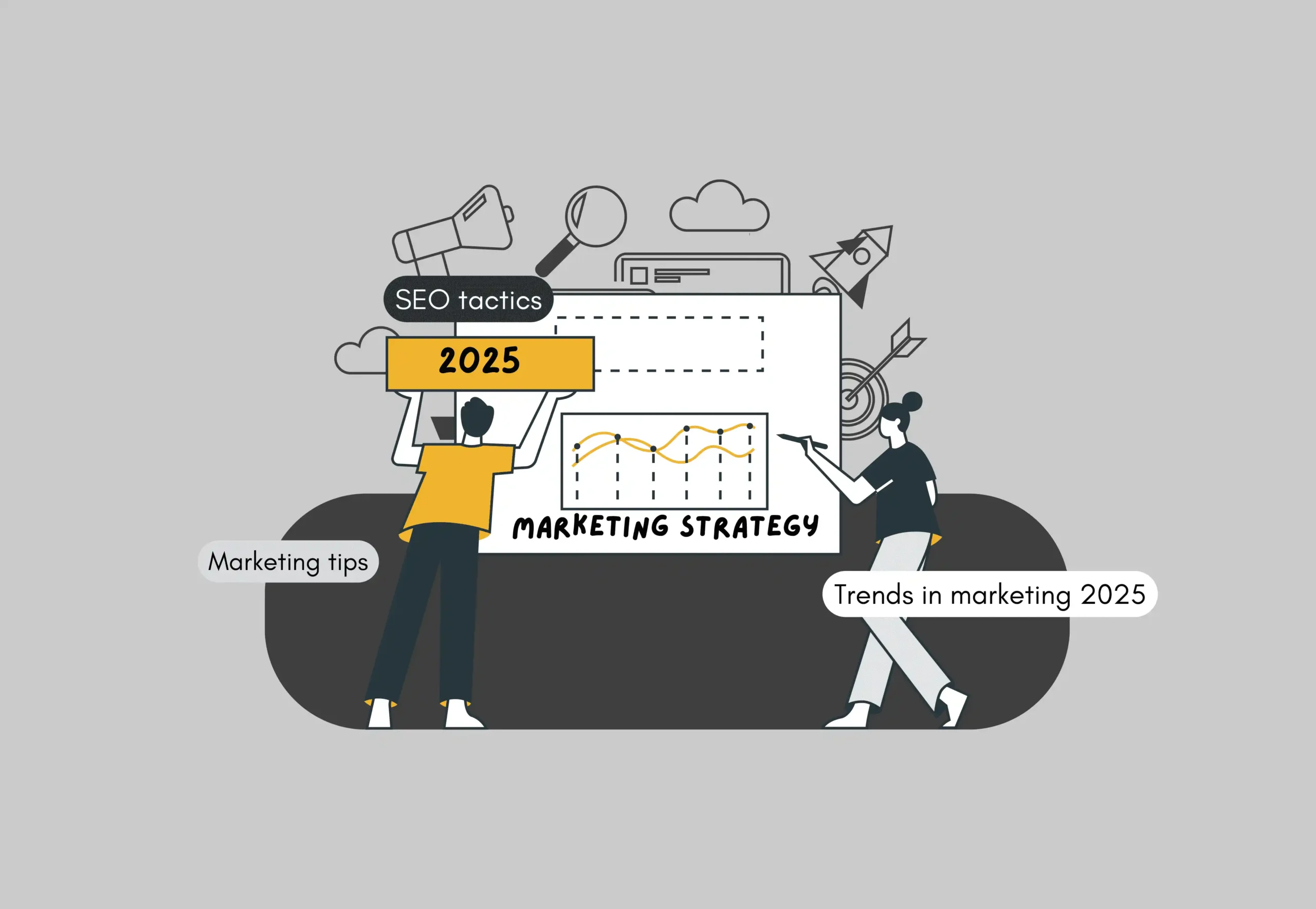As humans, we have always been captivated by stories. From the tales told around the fire to the latest blockbuster movie, stories have a unique power to engage us, entertain us, and inspire us.
The same is true in the world of branding, where telling a powerful brand story can help a company stand out from the competition and connect with customers in a meaningful way. But what exactly is a brand story, and why is it so important?
In simple terms, a brand story is a narrative that a company creates to convey its values, beliefs, and mission to its target audience. It’s the story that explains why a company exists, what it stands for, and why customers should care.
This blog will explore the key elements of a powerful brand story and provide examples of companies that have successfully crafted and shared their stories. So keep reading.
Essentials Of A Powerful Brand Story
A powerful brand story can help build trust and credibility with customers, differentiate a company from its competitors, and create an emotional connection that drives customer loyalty. But what makes it so powerful? To understand this, let’s look at the essentials of a powerful brand story that make it cut through the crowd.

Being Authentic
The first and perhaps most important aspect of a powerful brand story is authenticity. Customers can quickly spot a phony or insincere story, so it’s crucial for a company to be true to its values and purpose. An authentic brand story must be grounded in reality, not just a marketing ploy.
Patagonia is a great example of a company that has built an authentic brand story around a commitment to environmental and social responsibility. Patagonia’s brand story focuses on the idea that customers can feel good about buying its products because the company is doing its part to protect the planet.
Patagonia has taken real action to reduce its carbon footprint, and its commitment to sustainability is not just a marketing gimmick. This authenticity has helped the brand resonate with customers who share its values.
Focusing On The Customer Experience
Another crucial aspect of a powerful brand story is a focus on the customer. A company’s story should not just be about itself but how it can help its customers achieve their goals or solve their problems.
One such company that has mastered this approach is Airbnb. The vacation rental platform’s brand story is all about offering unique and authentic experiences that allow travelers to connect with local cultures and communities.
Airbnb’s marketing materials feature stories and photos of happy travelers who have had memorable and life-changing experiences while using the platform. By focusing on the customer experience, Airbnb has been able to differentiate itself from traditional hotel chains and create a loyal following of users.
Using Emotion To Connect With Customers
A powerful brand story should use emotion to connect with customers. People remember stories that make them feel something, whether it’s happiness, sadness, anger, or inspiration. By tapping into customers’ emotions, a brand can create a deeper connection that goes beyond just a transactional relationship.
Nike is a great example of a company that has done this successfully. The athletic apparel company’s brand story is all about inspiring and empowering athletes to push themselves to be their best.
Nike’s marketing campaigns feature stories of real athletes who have overcome adversity and achieved great things, using the company’s products to help them along the way. Nike’s brand story is all about passion, determination, and perseverance.
By tapping into customers’ emotions and inspiring them to be their best, Nike has built a loyal following of customers who see the brand as more than just a seller of athletic gear.
Incorporating The Company’s History And Culture
Another way to create a powerful brand story is to incorporate the company’s history and culture. A brand can build a deeper connection with customers who share those values by sharing the company’s backstory and highlighting its unique culture.
One company that has successfully incorporated its history and culture into its brand story is Coca-Cola. The soft drink giant’s brand story focuses on its long history of bringing people together and creating happy memories.
Coca-Cola’s marketing campaigns often feature nostalgic images and references to its early days, such as the iconic “Hilltop” commercial from the 1970s. By tapping into customers’ emotions and nostalgia, Coca-Cola has built a loyal following of fans who see the brand as more than just a beverage.
Highlighting The Company’s Unique Value Proposition
A powerful brand story should also highlight the company’s unique value proposition. What sets the company apart from its competitors? Why should customers choose this company over others in the same industry?
Apple is a perfect example of a company that has successfully highlighted its unique value proposition in its brand story. The tech giant’s brand story is about innovation and creativity and how its products can help customers do things they never thought possible.
Apple features stories of people using its products to create art, music, and other forms of creative expression. By highlighting its unique value proposition and showing how its products can enhance customers’ lives, Apple has built a loyal following of customers who see the brand as more than just a gadgets seller.
Using Visuals To Tell The Story
Finally, you should use visuals to bring the story to life. Images and videos can be more effective than words alone in conveying emotion and creating a memorable brand story.
Dove is one such brand that has used visuals to portray its brand story. The personal care brand’s “Real Beauty” campaign features images of real women of all ages, shapes, and sizes, rather than airbrushed models.
The campaign’s message is all about celebrating diversity. The promotes self-confidence, and the images used in the campaign are powerful and emotional. By using visuals to tell its story, Dove has created a memorable brand that stands for something more than just soap and shampoo.
Final Thoughts
A powerful brand story is an ongoing narrative that should be regularly revisited and updated to ensure it remains relevant and authentic to the company’s values, mission, and purpose. Consistency is key, and a brand story should be consistent across all touchpoints, including advertising, social media, customer service, and packaging.
We’d love to hear your thoughts on crafting a powerful story! Leave a comment below with your favorite tip or strategy for standing out in today’s crowded marketplace. Let’s start a conversation and help each other create more authentic, emotionally resonant, and customer-focused brands.





